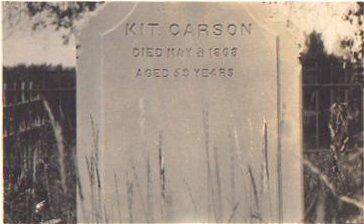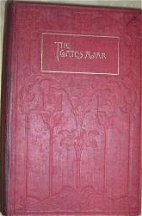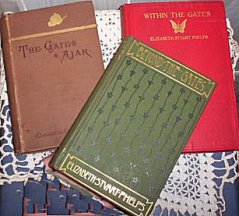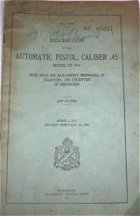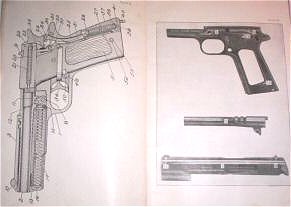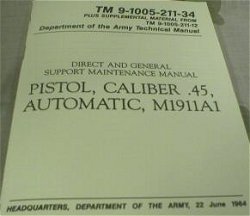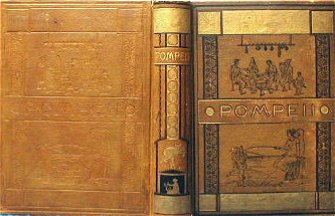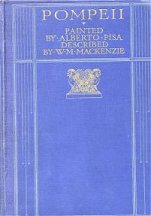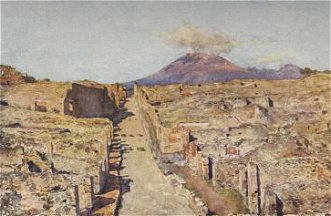| Mark Guy Pearse: Translated
text: methodistischer theologian and writer. - after the school training
in Camborne, Zeist (Holland) and at the Wesley college in Sheffield studied
P. Medizin in London (pc. Bartholomew's hospital), stepped however 1863
as a clergyman into the service of the methodistischen church. It worked
among other things in Leeds, Ipswich, Bedford, Westminster and Bristol
and was finally since 1899 (in connection with the west London mission)
for 14 years as Missionar at the pc. James resounds actively. - its work,
which found far spreading, enclosure just as theological exegetische papers
as also lectures, erbauliche narrations and songs and represents altogether
an important enriching of the methodistischen bibliography and above all
the song property.
Works (in selection): Daniel Quorm, and his religious
emergency ion, 1875/79 (2 series); Sermons for children, 1876; Mr. horn
and his friends, or givers and giving, 1876; Good wants. A collection OF
Christmas of stories, 1877; Short of stories, and OTHER PAPER, 1877; Homely
of talc, 1880; Simon Jasper, 1883; The story OF Billy Bray, 1884; Thoughts
on holiness, 1884; Some aspects OF the blessed life, 1887; Cornish of stories,
1889; Short of talc for the times, 1889; Elijah, the one OF God, 1891;
The one who spoiled the music, and OTHER of stories, 1892; Gold and incense.
A west country story, 1895; Into the banqueting house. A of series OF sacramental
meditations, 1896; Come, BREAK your nearly. A DAILY meditation, 1897; The
Gentleness OF Jesus, and OTHER sermons, 1898; The God OF our pleasures,
1898; How Mr. Rhodda broke the spell, 1899; The story OF A novel more soldier,
1899; The bramble king, and OTHER old will of parables, 1900; The Christianity
OF Jesus Christian - is it ours?, 1901; Christ's cure for care, 1902; Praise.
Meditations into the one dog-talk and third Psalm, 1902; West country songs,
1902; The pretty ways o ' Providence of stories, 1906; Bridgetstow, some
chronicles OF A Cornish parish, 1907; The prophet's raven, 1908; The orthodox
devil, 1922; A village down west, 1924; The ship where Christian which
captain. Stories OF Cornish Methodism, 1926; He must reign, and OTHER bible
studies, 1928. (the years do not designate always the date of the first
edition.)
|

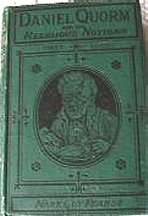
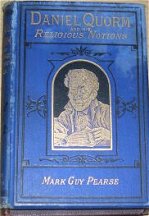
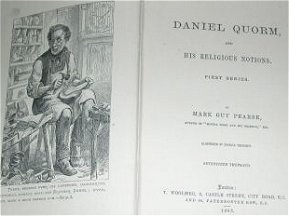
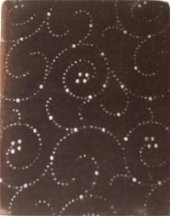
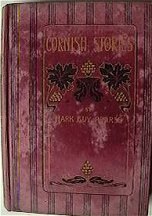 Thoughts
on Holiness ~ Charles H. Kelly, London: [no date.] 248 pages
Cornish
Stories
Thoughts
on Holiness ~ Charles H. Kelly, London: [no date.] 248 pages
Cornish
Stories

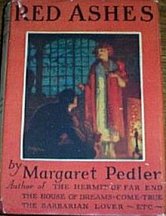
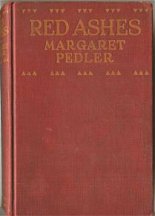
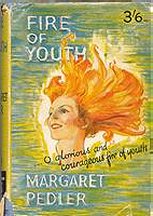
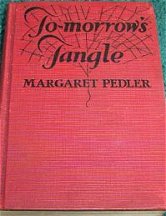
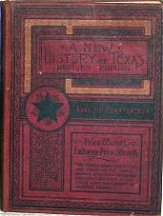
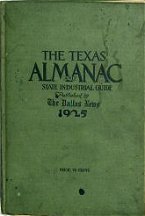
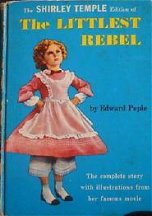
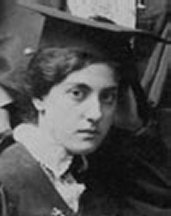
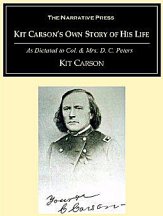
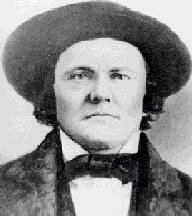 The
famous Taos scout Kit Carson used the experience he gained trapping in
the Rocky Mountains to become a guide for General Stephen Watts Kearney
as well as John Fremont, who saved his life. Carson describes his travels
and adventures throughout the southwest and depicts his exploits with Indians
and Mexicans. Carson's vivid account is a compelling example of both the
fearlessness and the ruthlessness that typified many a man of his era.
You might find yourself occasionally rooting for the other side while reading
this decidedly "unvarnished prose."
The
famous Taos scout Kit Carson used the experience he gained trapping in
the Rocky Mountains to become a guide for General Stephen Watts Kearney
as well as John Fremont, who saved his life. Carson describes his travels
and adventures throughout the southwest and depicts his exploits with Indians
and Mexicans. Carson's vivid account is a compelling example of both the
fearlessness and the ruthlessness that typified many a man of his era.
You might find yourself occasionally rooting for the other side while reading
this decidedly "unvarnished prose."

